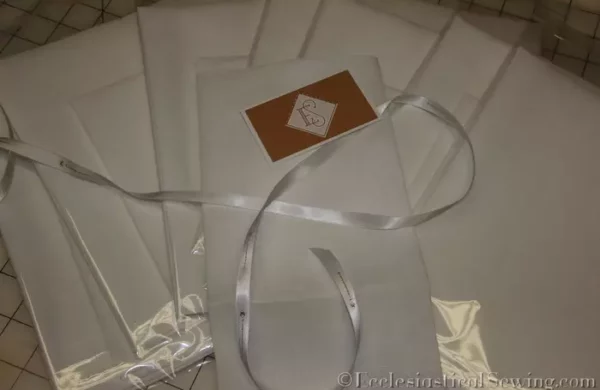
Fine linen fabrics are the first step to review when considering making new altar linens for your church. At Ecclesiastical Sewing, we offer an assortment of fine linens, knowing that one linen does not suit all needs.
Like this:
Like Loading...

Altare Dei–The Altar of God Altare Dei–The Altar of God: Upon entering the sanctuary of a Christian Church, those coming to worship immediately have their gaze directed toward a particular… Read more Altare Dei–The Altar of God →
Like this:
Like Loading...

Fair Linens are hand hemmed with a simple slip stitch worked in even tiny stitches. The quality of the hand hemming is determined by the number of stitches made in each inch of length, as well as the evenness of the stitching. To aid in obtaining even, tiny stitches, use a single strand of fine cotton thread such as YLI Heirloom Thread which is a 100/2 size, or a similar fine sewing thread.
Like this:
Like Loading...
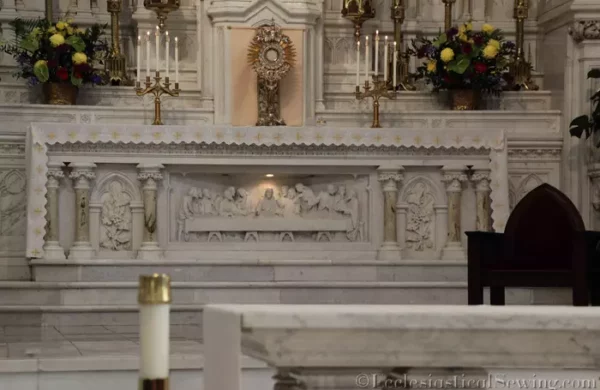
The measurement of making an Altar Fair Linen – The altar height: measure from the top edge of the altar to the floor. Measure the width of the altar from the front to the back. Measure the length of the altar from one side to the opposite side. Optional: measure the hang from the top edge down the side of the Fair Linen to match the length of an altar hanging.
Like this:
Like Loading...
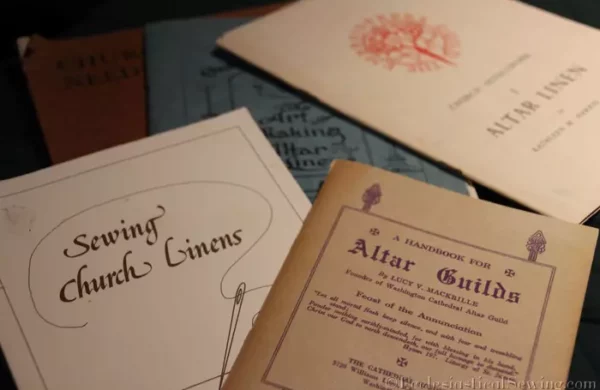
Altar linens serve distinct liturgical functions: Fair Linen covers the altar, Corporal holds vessels, Pall a square linen stiffened with either cardboard or plexiglass. Purificator a small square linen used to wipe the communion vessels during the sacrament, Lavabo Towel dries hands, Credence Cloth covers a side table, Chalice Veil conceals post-communion, Cere Cloth protects from dampness, Dust Cloth safeguards Fair Linen, and Sick Call Set facilitates individual communion.
Like this:
Like Loading...
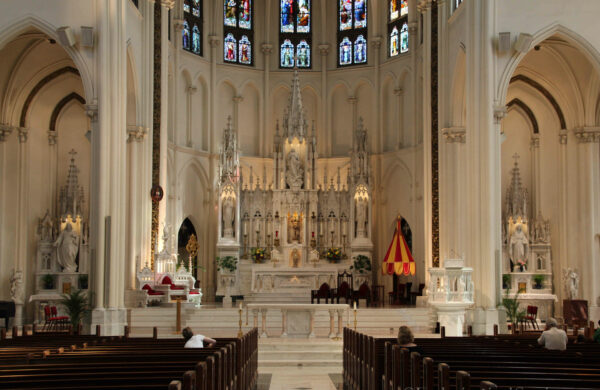
The altar in the Mary Chapel allows a closer view of the altar linen. The edge of the linen is cut so that it hangs over the front of the altar by a few inches. This linen edge is embroidered using the colors of white and gold. There is so much white inside this Basilica. The gold provides a much-needed contrast so the altar linen is not lost among all of the other whites of the chapel. The design motifs of the altar linen feature a cross worked in gold embroidery thread, and a wheat and grape motif worked in white embroidery thread. The edge of the altar linen is scalloped with a scalloped or shell satin stitch, making a perfect complement to this lovely Basilica
Like this:
Like Loading...

The design is a simple cross with three rays in each corner between cross bars. The Altar Linen Embroidery Design is available in 4 sizes, for purificators, lavabos, corporal a, and even the corners of a fair linen. This church linen embroidery design will use a few basic stitches such as the split stitch for an outline, and a stem stitch for the rays
Like this:
Like Loading...
The amice, which is one of the first vestment pieces that a priest puts on when vesting. it has lace edging around the sides. When one looks at the care of the tiny pleats in the lace at the corners, and the way the lace follows the linen in the folds, one can not help but to think the lace is attached to the edge of the linen amice.
Like this:
Like Loading...

An assortment of linens has arrived, perfect for creating altar linens. From lightweight cambric for sheer veils to fine linens ideal for intricate needlework, There’s even linen suited for making traditional Albs, and a range of yarn sizes perfect for hemstitching. Also with various widths, starting from 54 inches and going up to 120 inches.
Like this:
Like Loading...
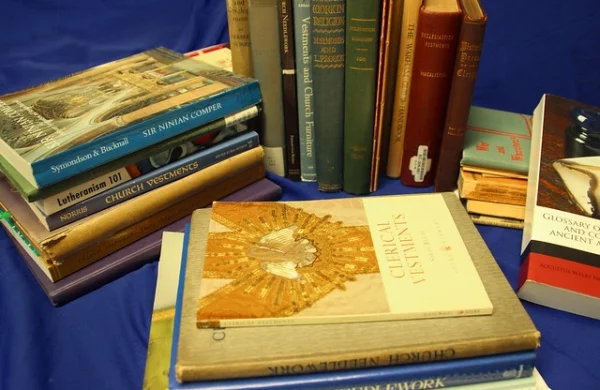
This little book (founded on a series of articles on Church Embroidery written for the ‘Treasury’) is intended for the use of those who are desirous of learning by practical experiment how to make the best use of such time and skill as they have at their command; and who, while they are unable to go through the long courses of instruction which are generally indispensable to the attainment of perfection are yet anxious to devote their ‘labour of love’ to the service of the Church. – Hinda Hands (Hands, 1907, p. 1)
Like this:
Like Loading...
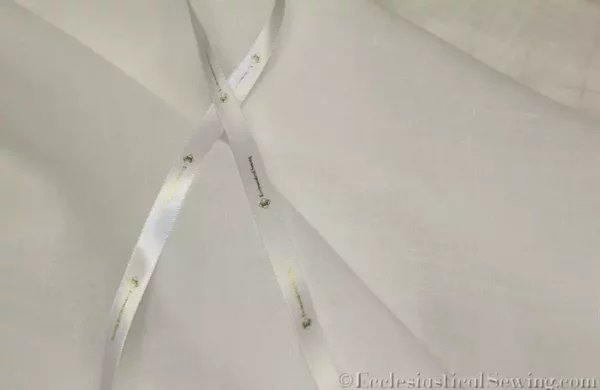
Linen is an amazing fiber, which results in a unique fabric, perfectly suitable for use in the making of altar linens and church linens.
Like this:
Like Loading...
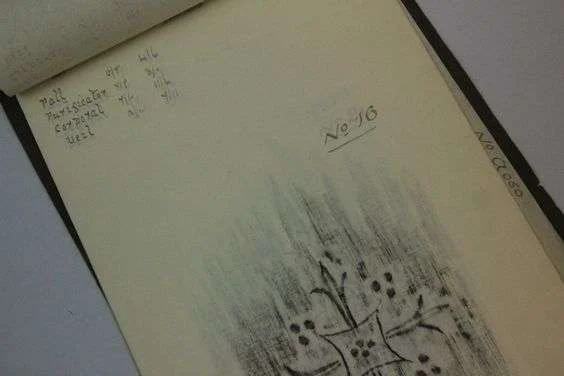
Handmade booklet with tracings and designs for hand embroidery on church linens. It includes a cross-with-crowns pattern and larger sheets with iron-on transfers for clear designs. The book also has traced hand embroidery designs and possible pricing info for different linen sizes.
Like this:
Like Loading...
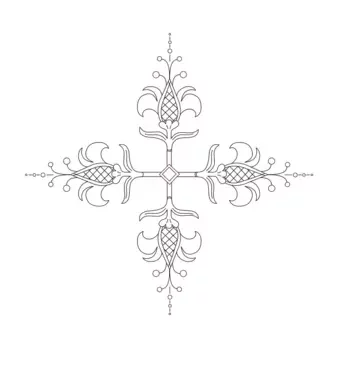
Fleur Cross Liturgical Embroidery Design
Like this:
Like Loading...
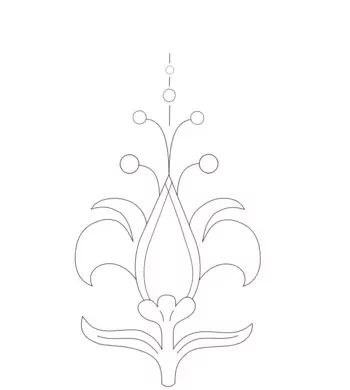
Creating new hand embroidery designs for Church Vestments and church linens.
– The Fleur de lis which symbolizes purity and often represents the Trinity. The Virgin Mary and the angel Gabrielle are also represented by the Fleur de lis. This particular design is also reminiscent of the pomegranate.
Like this:
Like Loading...
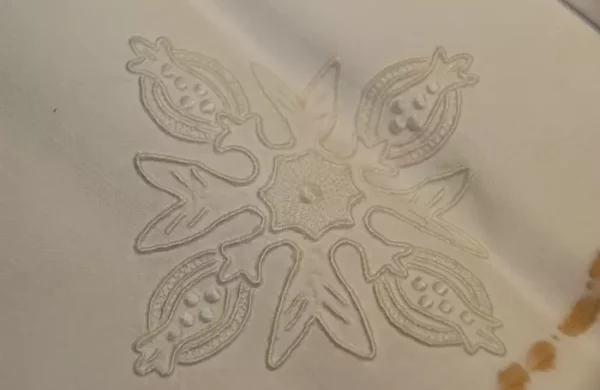
New altar linen project, a quick peek at some photos of whitework embroidery on linens.
Like this:
Like Loading...















You must be logged in to post a comment.